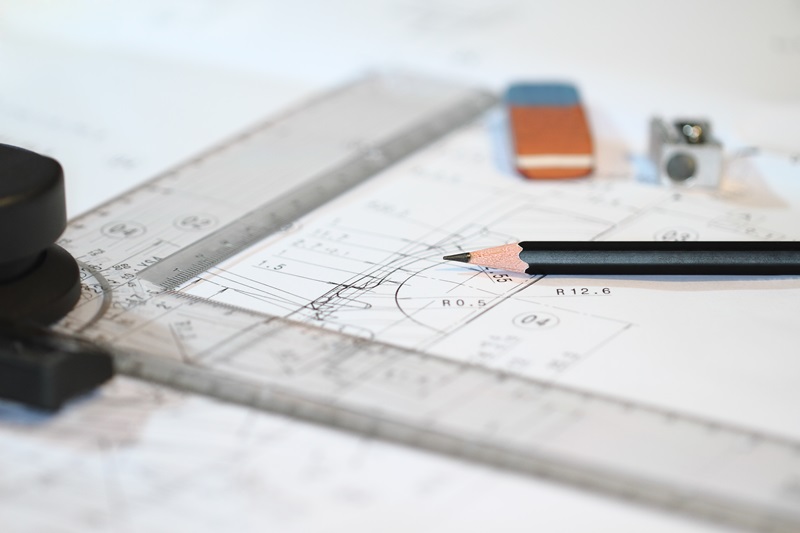Marcus Butler
26 July 2017: Making construction sites safer around Canberra and Australia is the focus of University of Canberra PhD candidate Alex Sherrard and according to his work it should begin at the drawing board.
Mr Sherrard said safety in design has been a clear priority in Australia at least since the release of the Australian Work Health and Safety Strategy 2012-22, but he’s concerned not enough is being done to make it a part of every job.
“Safety in design is something which designers, engineers and architects should be doing with every design job they undertake,” Mr Sherrard said. “It means considering and mitigating safety risks that may be unique to a particular design.”
“The ACT has one of the worst records for Australia when it comes to workplace safety, and in particular in the construction industry there is more that could be done to improve conditions from the outset.”
“What I’ve been finding is that currently in Australia it seems when it comes to safety the buck stops with the builders and developers running a construction site. But designers need to take on some of the responsibility as well.”
Mr Sherrard’s work towards his PhD has been analysing designers’ procedures and feelings towards safety in design requirements and what can be done to encourage more of the industry to adopt the practice.
“Sadly, since safety in design was put forward as a priority in 2012, it hasn’t been taken up widely across the design and architecture industry. It tends to only be factored into work when the client demands it, say with a government contract.”
“I’m in the final stages of submitting my thesis and there is a lot that government authorities, like Worksafe ACT, and the design and construction industry can learn from my work so far.
Among his work, Mr Sherrard found that there was a lack of knowledge around how safety in design works, with some architects and designers stating that including it as a part of their work added to the final price for clients and some suggest it may cost them tenders when competing with other designers who ignore it, and any additional costs, entirely.
“The model that I’ve suggested for boosting engagement and adoption of safety in design is first focused on education and making sure designers, architects and the like know how it works and can see the value in the practice,” he said.
“The value of a worker’s health and potentially their life should be the most significant motivator. If I can encourage sharing responsibility for safety in a building project from day one on the drawing board through to tools down at the end of the work and reduce the likelihood of workplace accidents, then we’re closer to ensuring that every worker gets home safely at the end of the day.”



